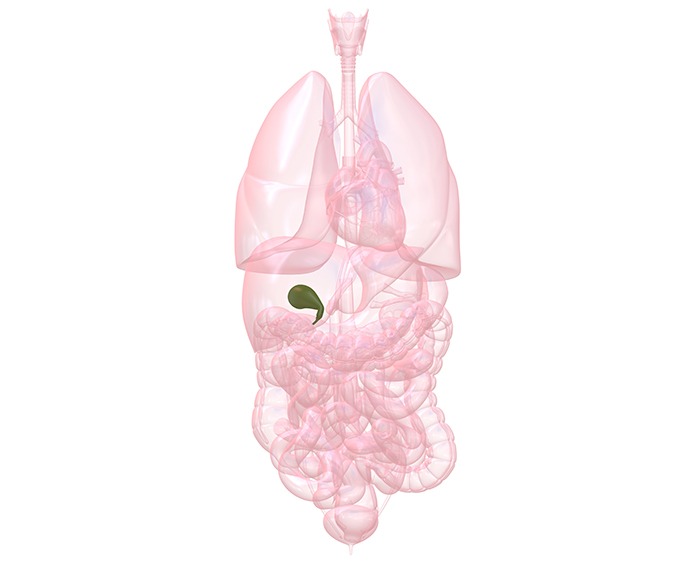
As you get older, your body and health change, but this doesn't mean every change you experience is a normal part of aging. Consider your visits to the bathroom, for example. If you or a loved one is over the age of 70 and has been experiencing changes in urination, it might be time to speak with your doctor.
Changes in urination may include:
* More frequent need to urinate
* Pain or burning during urination
* Feeling as if you need to go right away, even when your bladder isn't full
* Having trouble urinating or having a weak urine stream
* Having to get up to urinate many times during the night
* Blood in urine
While many of these symptoms may be signs of common, treatable conditions such as urinary tract infections (UTIs), bladder stones, an overactive bladder, or, in men, an enlarged prostate, they may also be signs of bladder cancer, according to the American Cancer Society.1
It is an important time to consider proper urological health and associated risk factors. If you or a loved one are experiencing any of these symptoms, you should see your doctor.
"Bladder cancer becomes more common as we age," said Dr. Sandip Prasad, a urologist in community practice with Atlantic Medical Group and the Morristown Medical Center, New Jersey. "Due to its prevalence, it's important for older Americans to be vigilant about any changes in their urinary health and behaviours, as it may help to detect - and, more importantly, treat - bladder cancer in its early stages."
Donald McNally, age 86, first knew something was wrong after experiencing blood in his urine in 2017. He went to Dr. Prasad who diagnosed him with non-muscle invasive bladder cancer (NMIBC). After repeated treatments his cancer kept coming back, so he discussed other options with his doctor and family.
"Almost one year ago, I tried an experimental treatment, and I'm still cancer free," said McNally. "I'm very happy with the results. My advice to someone facing a cancer diagnosis is to explore all of your options and work with your doctor to choose the one that's right for you."
Bladder cancer risks
While anyone can develop bladder cancer, some factors increase the risk. These include smoking, exposure to certain carcinogenic chemicals, having a family history of the disease, chronic bladder problems and urinary tract infections, previous chemotherapy, certain diabetes medications and age.2
Research has found that bladder cancer most often occurs in those aged 75-84 and is three times more likely to occur in males than females.3 Of the estimated 80,000 new cases of bladder cancer diagnosed each year, 70-75% are diagnosed as NMIBC.3 Those living with NMIBC face a future of recurrence and additional surgeries.4
Challenges treating bladder cancer
While there is a low risk of mortality, chronically relapsing NMIBC remains a problem.5 There are currently no drugs approved by the U.S. Food and Drug Administration for primary treatment of NMIBC.
Transurethral resection of bladder tumor (TURBT) is the standard first-line treatment option for NMIBC patients. TURBT is a surgical procedure to remove the bladder tumor through the urethra, the thin tube that carries urine from the bladder.
Recent scientific evidence shows that repeated TURBTs may lead to significant post-operative comorbidities (development of other health conditions) and even an increased risk of mortality. Patients who undergo repeated procedures may be facing serious health and other burdens that can impact various aspects of their life.6
The need for a non-surgical treatment
There is a growing need for nonsurgical and minimally invasive approaches to treatment. While TURBT is the standard treatment used by medical experts for NMIBC, urologists believe TURBT may pose burdens and risks that include:
* Susceptible patient population: People in their 70s and 80s tend to live with multiple health concerns or conditions.7 Repeated, invasive surgeries impose greater overall health risk, both during procedures and post-procedure recovery.
* Access: Getting to and from outpatient facilities may be challenging for older patients who may not drive or have access to alternative transportation options.8
* Convenience and safety: Lengthy hospital stays during recovery pose risks, not only due to the patient's increased susceptibilities post-procedure, but also because crowded hospitals can increase the spread of infectious diseases.